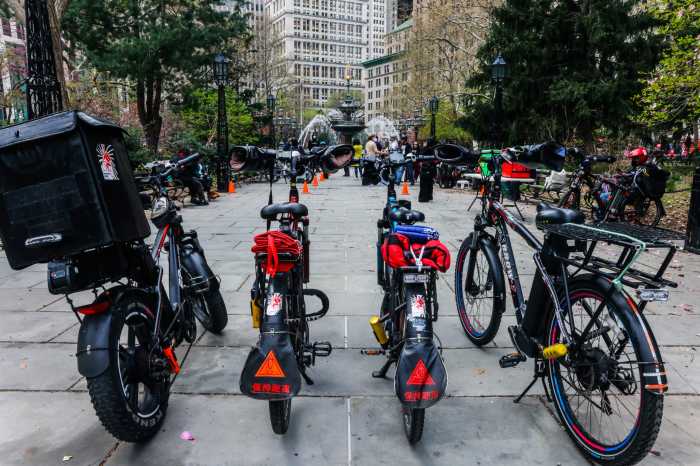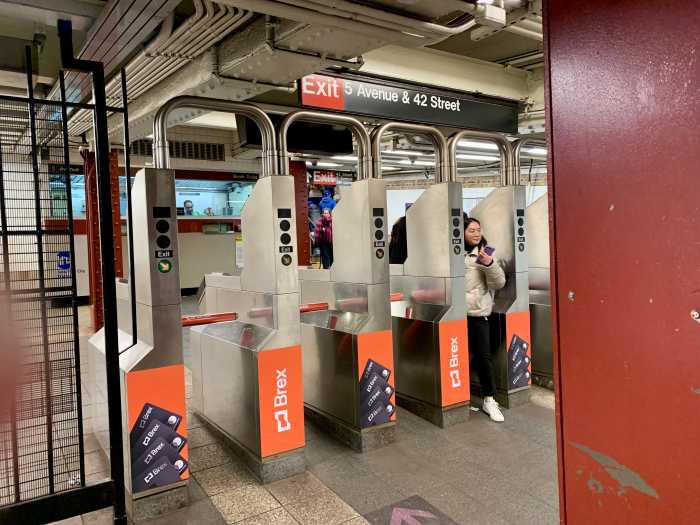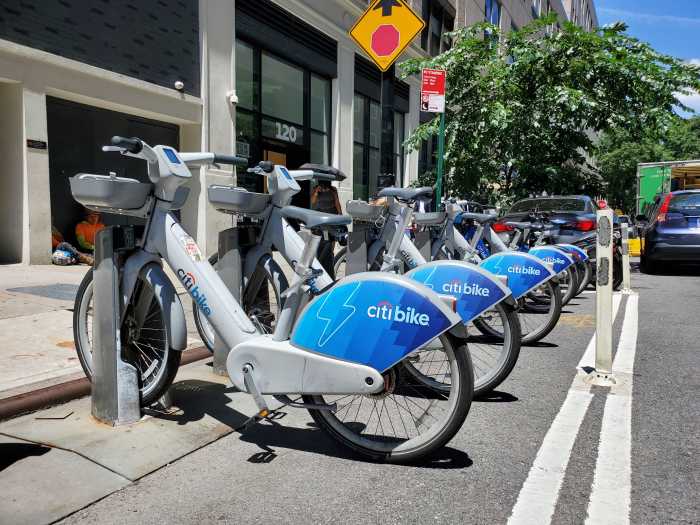
A long-sought Bus Rapid Transit line on Staten Island is about to be one step closer to reality, but faces new challenges ahead.
The MTA board on Wednesday is expected to approve a $4.8 million, 24-month contract for preliminary environmental and engineering work on the North Shore Bus Rapid Transit system. The BRT line is envisioned to run along the northern coast of Staten Island, on a dedicated, independent busway from Arlington to the St. George Ferry Terminal. The line would help alleviate car-dependency and reduce mounting congestion.
“It was always critical for us to get cars off the road, and I think that it’s important now more than ever,” said president and CEO of the Staten Island Chamber of Commerce Linda Baron, who has advocated for the project for more than a decade. “It’s a way to help residents of low-to-moderate income that don’t have means to get to work, and to link to the West Shore and the corporate park, which are exploding [with jobs] right now. There’s a ton of traffic.”
But it’s not clear what’s left of the planned right of way for the project. Back in 2012, an MTA analysis endorsed a BRT system over a light-rail route, figuring that the buses would attract more riders and be cheaper to operate — even if a few minutes slower than train. But much of the system’s right of way, an old rail line that hugged the coastline, is believed to have been eroded by superstorm Sandy shortly after.
Adding to the complications, the outlet mall Empire Outlets is being developed where the MTA hoped to build a bus terminal and turnaround for the system. JHB and STV, the joint venture expected to be awarded the contract, will be tasked with updating the old 2012 analysis “by developing a new alignment” for the project, according to MTA board materials.
Allen Cappelli, a former MTA board member and booster for the BRT, said the blocking of the terminal was “distressing” and led him to fear that the authority had given up a portion of the line’s right of way for the development.
“When they were looking to do [The New York Wheel] and the outlets, when I was on the board, I was very loud and clear as to not give up the right of way for this,” Cappelli said. “We did not want to foreclose on mass transportation — particularly for the outlets and the Wheel, if it ever gets built. They are going to create a transportation nightmare down there.”
MTA spokesman Shams Tarek said in an email that the MTA does not believe the entire right of way adjacent to the development has been consumed, and the study will seek to confirm that. Tarek could not provide further clarification regarding the Empire Outlets portion of the right way. In a statement, a spokesman for Empire Outlets said only that it “support[s] any work by the MTA that would provide additional transit options for Staten Island residents.”
Baron was hopeful that the engineers will be able to find a workaround to the issues, by perhaps moving the terminal and building up the busway on an elevated track. She sees the potential in the project to also better connect Staten Island to New Jersey destinations like Newark Airport or Metropark station in Woodbridge.
“This is vital for Staten Island,” she said. “And it feels good to see movement.”




































